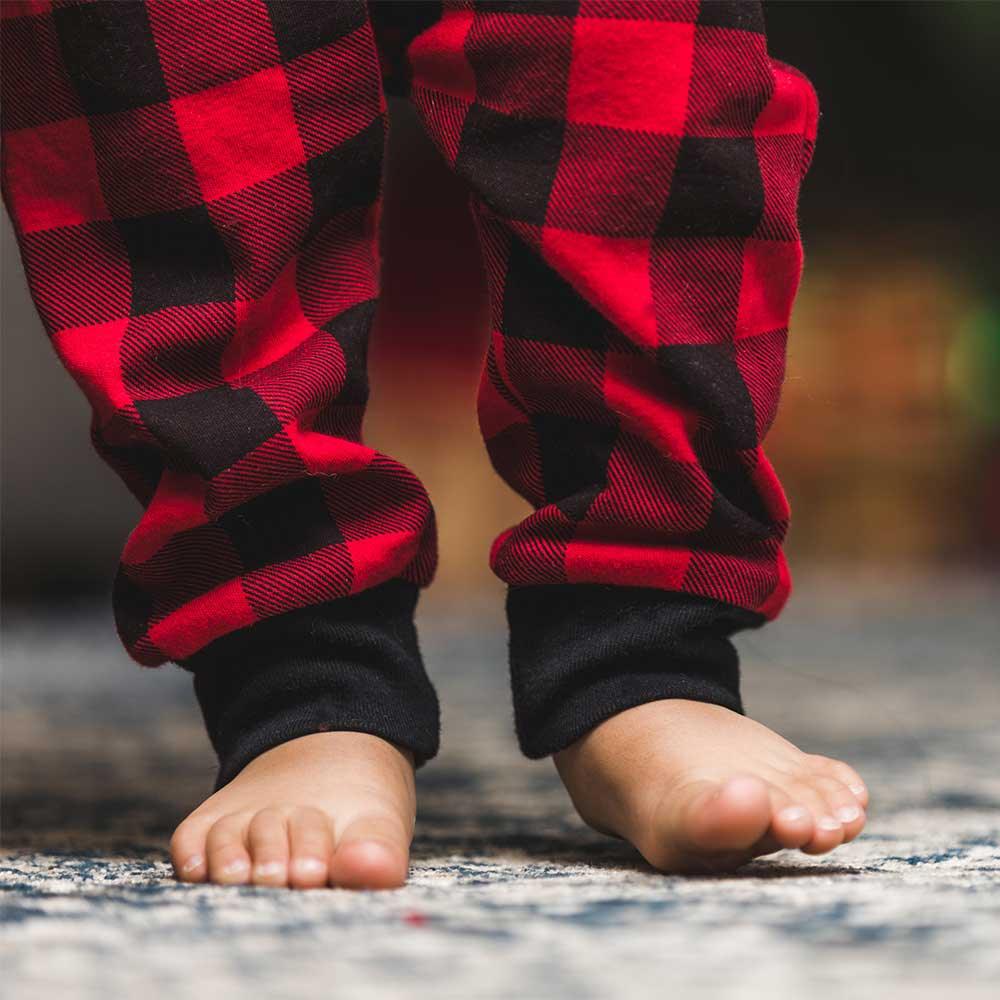Reasons why barefoot is best for all children

Foot specialists around the world agree that the best thing for the foot is to walk barefoot. This applies not only to the development of the foot, but to the health of the child in general. In fact, in countries where it is common to walk barefoot, people are less likely to have joint, hip and back problems.
When should children go barefoot?
Children usually start go when they are between 12 and 17 months old. For this they need strong muscles throughout the body. The training consists of constantly moving, crawling, falling and getting up again.

It is best if the child gets to experience this adventure at their own pace and preferably do it barefoot or in socks with anti-slip protection. As soon as this can be done safely, let the child go without shoes. The foot develops best if the child wears shoes as little as possible. When the foot is in direct contact with the surface, the whole body can develop and become stronger.
Barefoot shoes for children
Walking barefoot is probably the best thing a child can do, but it is not always the most practical. Therefore is barefoot shoes a good option when the child walks outdoors or on hard surfaces. The shoe should be as close to barefoot as possible and at the same time protect the underside of the foot from sharp objects or severe weather. These are four functions for good barefoot shoes for your child that allow them to play, run and explore the world without hindrance.

1. Non-slip flat soles
The outer sole should be as slip-free as possible. The best soles are protective at the same time as they mimic the child walking barefoot. This means that the shoe has no heel, raised arch or other "casting" functions. Soles come in different shapes. Grooved and lightweight rubber soles provide extra grip, while soles in leather or suede with padding of rubber in the right places can provide extra durability.
2. Flexible construction
Flexible soles allow the foot and ankle to develop naturally. Soles of this type make the foot feel all the changes in the ground and allow the foot to adapt to the environment. They are recommended by podiatrists because shoes with flexible soles offer protection, without being too restrictive in the mobility of the foot. A tip is that when you are choosing a shoe, make sure that it is at least possible to bend the shoe to help the bones in the foot that are not yet fully developed to move properly.
3. Natural materials
One foot has 250 thousand sweat glands. Together they can produce up to 125 ml of fluid a day! The material on the inside of the shoe should therefore be made of natural material such as leather, with an outer part of genuine leather or canvas, instead of plastic or faux clothing. Breathable shoes promote good hygiene and prevent varous skin problems.
4. Lightweight shoe weight
Children's shoes should not be heavy or hinder the child's movements in any way. The smallest children have a hard time putting one foot in front of the other. Heavy shoes can lead to reduced flexibility and tired legs which results in the child not being as happy to walk by themselves It can also affect the spine due to the child then getting an unnatural posture, to compensate for the weight of the shoes the child is wearing.
TAGS:

